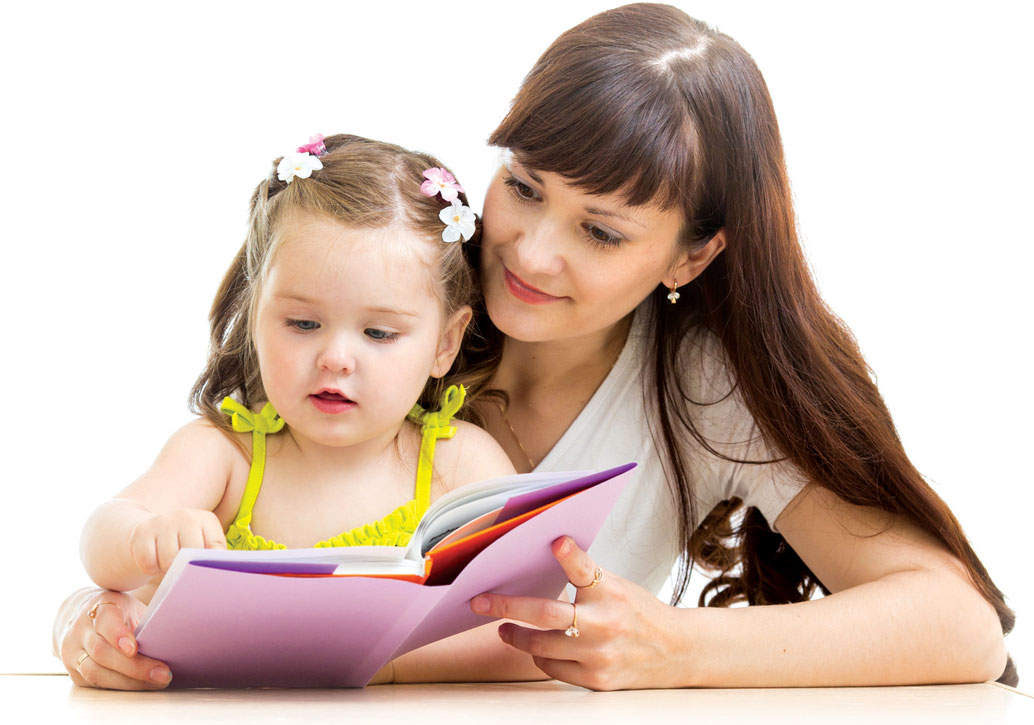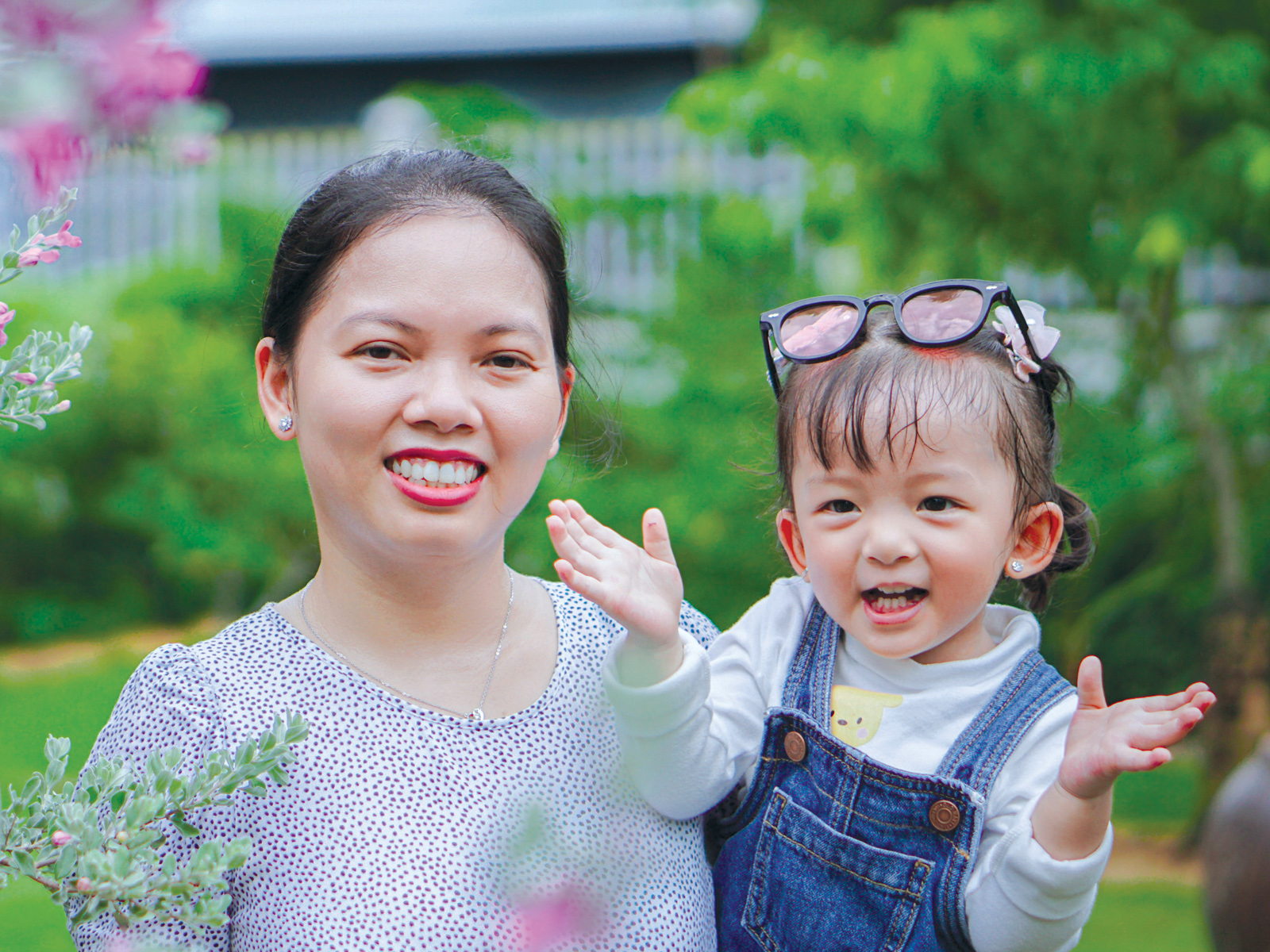Have you ever wondered why some people are particularly good at dealing with ups and downs, and seem to go through life with a positive attitude? There are many reasons why people approach life the way they do, but those who are good at coping with challenges have something in common: resiliency.
Resiliency is not one specific thing, but a combination of skills and positive attributes that people gain from their life experiences and relationships. These attributes help them solve problems, cope with challenges and bounce back from disappointments.
One way to think about resiliency and how it develops in children is to break it into four main sets of assets and abilities. Cultivating and building these assets takes long-term commitment, but will be greatly beneficial for your child’s future. Here are some assets and abilities to keep in mind and focus on with your child every day:
 1. Reach out and build strong relationships
1. Reach out and build strong relationships
Experts have different theories and terms for talking about resiliency, but on one point they are unanimous: The single most important factor in child resiliency is relationships. Parent-child relationships are the model for all others, but relationships with brothers, sisters, grandparents, friends, teachers, coaches, etc., can also help children become resilient.
• Be aware of little opportunities to connect—during meals and car rides, or by helping with homework, watching TV or doing chores together.
• Schedule “special time” with individual children where the two of you do something you enjoy together. Relationships can’t be built only around “special time,” but it’s one way to stay connected.
• Remember to enjoy your kids at all ages and stages. As children grow, we tend to expect more of them and we become more critical. There’s a danger of focusing only on their faults, or on behaviours we’d like to see improve. It’s important to notice children’s good qualities, to find humour in the odd and funny things they do, and to show interest in things that interest them.
2. Develop and listen to emotional expressions
We can’t control our feelings completely, but if we are frequently overwhelmed by emotions, we have to put all of our energy into trying to cope with them. That makes it more difficult to get over bad feelings or to make good decisions in challenging situations. To encourage emotional skills, allow children to express their feelings, and try not to get upset when your children are upset. Also, teach them the language of emotions by using feeling words such as angry, sad, proud, embarrassed or frustrated. And most importantly, listen.
We spend a lot of time telling our children things—what we want them to do, what we want them to stop doing, how to do things. But listening is just as important, if not more so. An important part of a child’s development is being able to express themselves and feeling that people listen and understand them. We need to be ready to listen when kids are ready to talk, to give them our full attention, to have regular conversations about what is going on in
their daily lives, and to ask them for their ideas and opinions in family discussions.
3. Nurture competence and independence
Resilient people feel a greater sense of control over their lives because they understand their own competence. Their knowledge and skills enable them to set realistic goals and to develop strategies to accomplish those goals. Children are learning about cause and effect all the time: at play, at school, as they pursue interests and hobbies, and from their parents’ guidance.
Children learn to make good decisions only after lots and lots of practice. So it is important that we allow them to make choices, and even mistakes, that are appropriate for their age. It can be hard
to let children decide things for themselves and watch them make mistakes. But if we are always doing things for children and telling them exactly what to do, they won’t get the experience that allows them to develop good judgment. Obviously, we have to protect children from serious mistakes that could harm them, but small mistakes and failures help children learn the connection between their behaviour and the results.
4. Encourage optimism and assertiveness
It seems obvious that a positive outlook on life is an important part of resiliency. However, there is a difference between healthy optimism and a mindlessly positive attitude. Healthy optimism is realistic. It’s not based only on beliefs, but also on knowledge, experience and a clear understanding of one’s skills and capabilities. Optimism helps us approach our lives and our problems with a positive attitude, and gives us faith and courage to persist in the face of challenges.
In this vein, be sure to also encourage respectful assertiveness. An important part of resiliency is learning how to stand up for yourself and tell people what you want and need. The best place for children to learn to be assertive is at home, with parents who allow them to say what they really think, to negotiate and even at times to challenge parents’ ideas. Of course, we also need to teach children how to be assertive in a respectful way.
Raising children is a long-term process, and it’s important to keep in mind that some of the parenting strategies that promote resiliency will not lead to immediate results. Try to celebrate baby steps of
progress in your child’s development. If you look back to a year ago, you’ll probably realize that your child has come a long way.
Reprinted with permission from Parenting Resilient Children at Home and at School from The Psychology Foundation of Canada.














